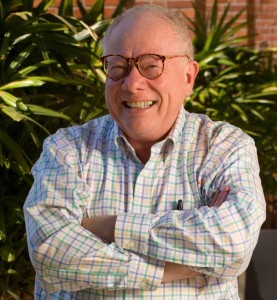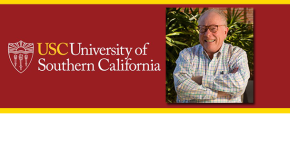
Creativity can come in many forms.
Martin Krieger, professor of planning at the University of Southern California, explains the novelty of this path of thought.
Martin Krieger’s current work is on defense and military policy, and on uncertainty and ambiguity. He has done social-science informed aural and photographic documentation of Los Angeles, including storefront houses of worship and industrial Los Angeles. Professor Krieger has won three consecutive Mellon Mentoring Awards, for mentoring undergraduates, faculty, and graduate students. Professor Krieger has worked in the fields of planning and design theory, ethics and entrepreneurship, mathematical models of urban spatial processes, and has explored the role of the humanities in planning. His nine published books describe how planning, design, and science are actually done. Professor Krieger has been a fellow at the Center for Advanced Study in the Behavioral Sciences and at the National Humanities Center, and is a Fellow of the American Physical Society. He has received grants from a variety of foundations, and has served as the Zell/Lurie Visiting Professor of Entrepreneurship at University of Michigan’s Business School. He joined the USC faculty in 1984. Professor Krieger often helps doctoral students, as well as undergraduates and masters students, focus and formulate their research projects.
Creativity and Newton
Novelty and creativity would seem to come out of apparently meaningless formalism, mismatches, the second-best and defective, multiplicity rather than coherent unity, outlandish analogy, and what is uncertain, unknown, and unanticipated, what is ambiguous and poorly defined.
So, For Newton, mathematics was philosophical, alchemy was scientific, and Scripture was a decipherable and rational puzzle.
The Polaroid SX-70 camera was a compromise in its design, the compromises presented as virtues, its optical system a sequence of elements compensating for the defects of earlier elements, that now-slowly developing image, not at all so “instant,” presented as an experience a coordinated system, much like Apple’s Macintosh system.
The mathematician will offer many proofs of the same theorem, all very different, their multiplicity presenting useful perspectives on that theorem, “an identify in a manifold presentation of perspectives”
And, entrepreneurs, special-forces soldiers, and natural scientists take the uncertain as providing opportunities and discoveries, rather than disastrous temptations, in part because they expect to find ways of making useful and meaningful whatever is presented to them.
In my work, I keep discovering concrete instances of novelty and creativity, and they arise out of a miasma of conflicting forces and styles and thoughtways. I guess this makes sense, since I too work in that miasma.
